
How to Build Strength with Explosive Training for Runners

Many people view running as a long-duration sport that requires high levels of cardiorespiratory fitness and muscular endurance. While this is true, a close look at the gait cycle of a runner reveals something interesting. Running involves a series of explosive movements that take place each time the runner’s foot pushes off the ground to propel them forward. It is the explosiveness of this movement, occurring repeatedly, along with other factors like genetics, cardiorespiratory, metabolic, neuromuscular, and biomechanical efficiency that impact the running economy and determine a runner’s efficiency and speed.
Speed comes down to ground contact time. The less time your feet spend on the ground at each contact, the faster you will run. Reducing that contact time is one of the key benefits of explosive training.
What is explosive training for runners?
Explosive training is an advanced form of strength training for runners that you should perform only when you have established adequate stability, mobility, and movement efficiency. In other words, this type of strength training for runners is only suitable for people who are already experienced and fit and are pursuing performance-related goals like improved speed, agility, quickness, and power. Moreover, prior to performing lower-body plyometrics (or explosive training), you should be able to squat 1.5 times your body weight.
In essence, explosive training for runners takes resistance training and adds speed into the equation. It is the difference between performing a series of body-weight squats and doing them with enough power and speed to launch yourself into a jump squat or the difference between jogging and sprinting. Explosiveness equals power, which translates to enhanced speed for runners.
How do you train for explosive strength?
The key to any explosive strength workout is the speed of movement. For an exercise to be plyometric, you need to perform it quickly. A series of box jumps performed slowly and with too much time between repetitions will not drive improvements in power nearly as effectively as those performed quickly and with minimal ground contact time. Think about bounding up a flight of stairs compared to walking up on them slowly. You’re covering the same distance and performing the same movements, but in extremely different ways. This type of training targets the neuromuscular system to improve power, the ability to absorb force, the rate of force development, and tissue elasticity.
A good explosive strength workout will leave you feeling fatigued, but it shouldn’t lead to exhaustion. In other words, perform these strength training exercises for runners not as a conditioning tool but as a means of harnessing and building power through the performance of a small number of good repetitions. The primary focus should always be on technique, emphasizing landing mechanics, and deceleration to avoid range-of-motion extremes.
Explosive training for runners: Key determining aspects to increase strength
It is important to understand the factors that determine the intensity of lower-body plyometric strength training exercises for runners so that you can start slowly and progress appropriately. Here are five key factors that you may consider:
1. Points of contact, as single-leg drills impart more stress on the body than double-leg drills.
2. Speed, as faster movements are more intense than slower movements.
3. Vertical height, as the higher the body’s center of gravity, the greater the forces of impact upon landing.
4. Weight, as the more a person weighs (or more external weight is added), the more intense is the exercise.
5. Complexity, as increasing the balance challenge increases the intensity.
So if you are new to explosive strength training for runners, start by slowly building up the speed of your training, performing double-leg drills, using lower boxes or steps, avoiding the use of external weights, and sticking with less-complex movements.
Also read: Leg Workout for Runners to Build Lower Body Strength
Volume in lower-body plyometric strength training is typically expressed as the number of contacts per session, with contact being defined as each time one or both feet make contact with the training surface. So three sets of eight repetitions of running leaps equals 24 contacts. If you are a beginner, start by aiming for 80 to 100 contacts per workout. This number can climb to anywhere between 100 and 120 contacts as you gain some experience, and later to 120 to 140 contacts once you have considerable experience and it becomes a regular part of your routine.
Explosive training exercises for runners and steps to perform them
1. Jumps in place

Take off and land with both feet, performing explosive jumps with no rest between repetitions.
2. Jump squats
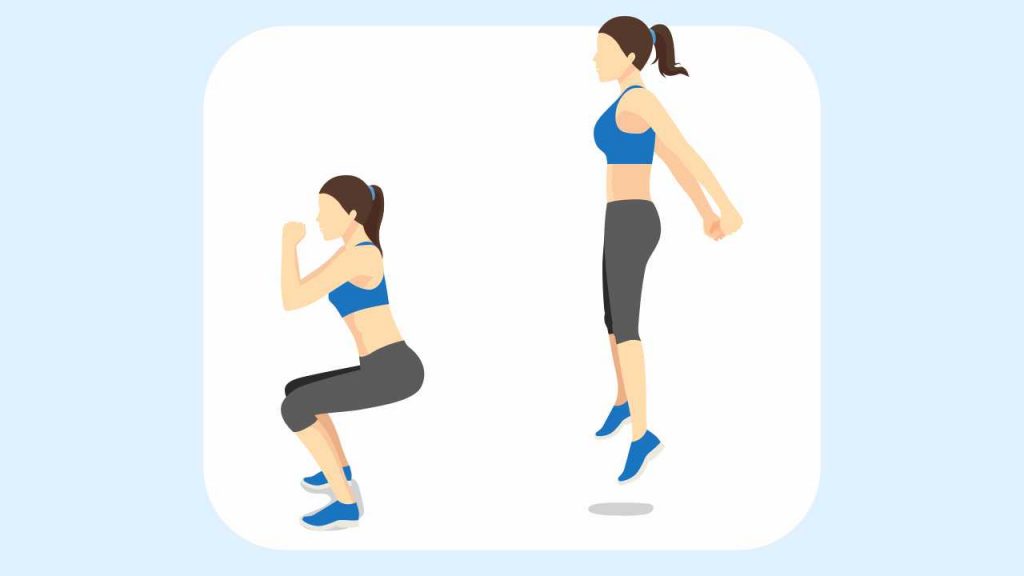
Stand with your feet shoulder-width apart, back straight, and hands behind your head. Lower into a squat until your legs reach 90° or slightly further lower, engage your core, and power upward into a jump. Land on your heels and repeat immediately.
Also read: How to Squat Properly: A Step-by-step Guide
3. Alternative push-offs (with a box or step <30cm high)
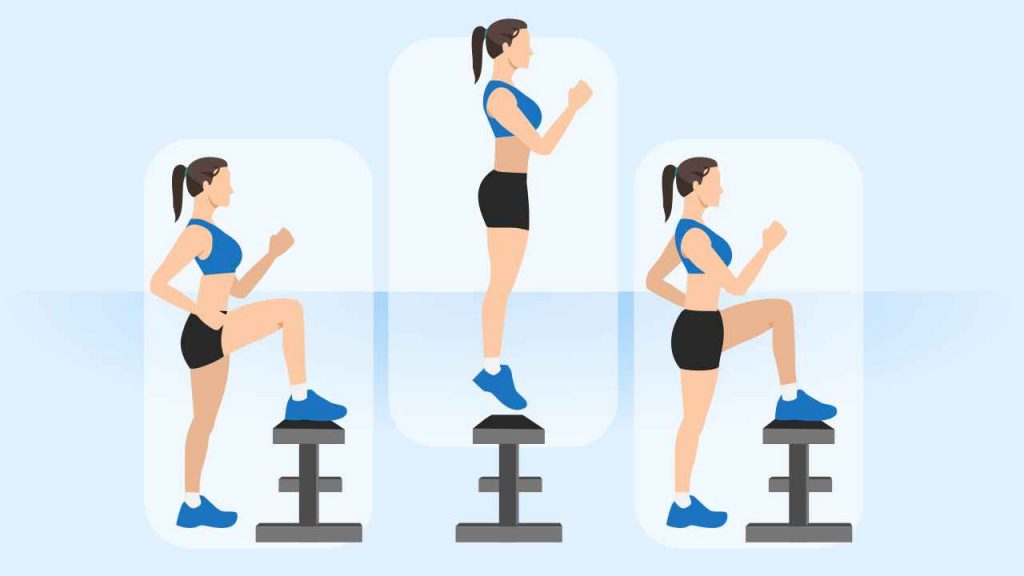
Begin with the right foot on top of a box or step and the left foot on the floor behind you. Explosively push off with the right leg and switch feet in the air to land, with the feet in the opposite positions.
4. Depth jumps
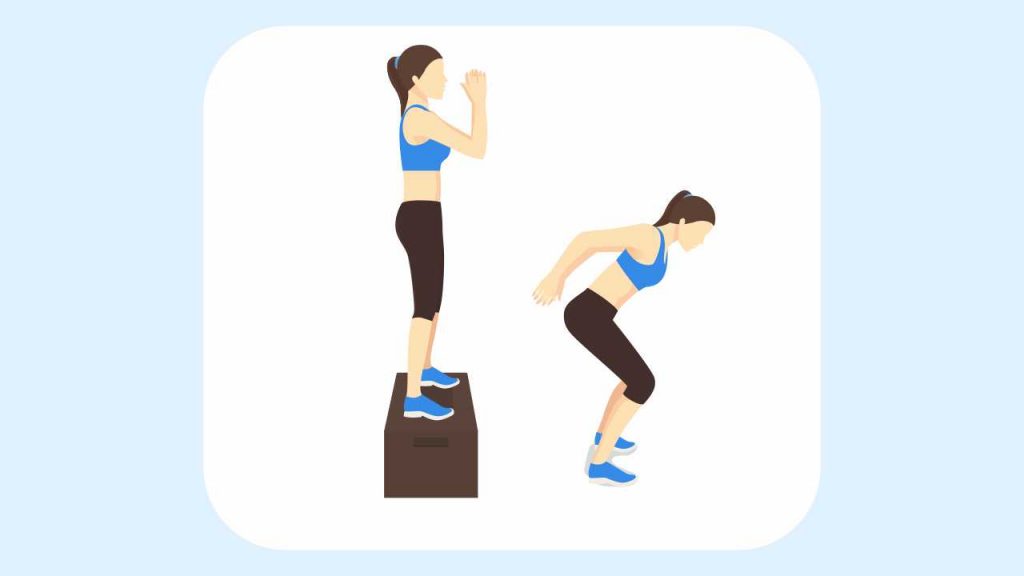
Stand on a raised platform such as a box or step, with your toes on the edge. Step out and drop straight down. As soon as you contact the floor, immediately jump straight up as high as possible.
5. Hurdle hops
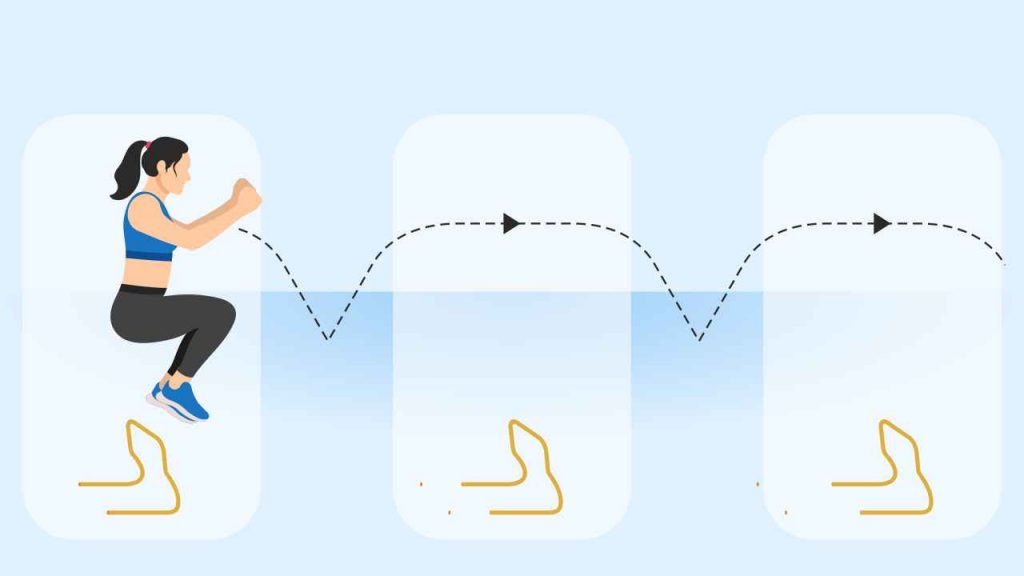
Set up a series of six 25cm to 30cm hurdles in a straight line with about 1m of space between them. Lower into a quarter-squat and explosively jump over each hurdle, moving as quickly as possible.
6. Multidirectional hops or jumps
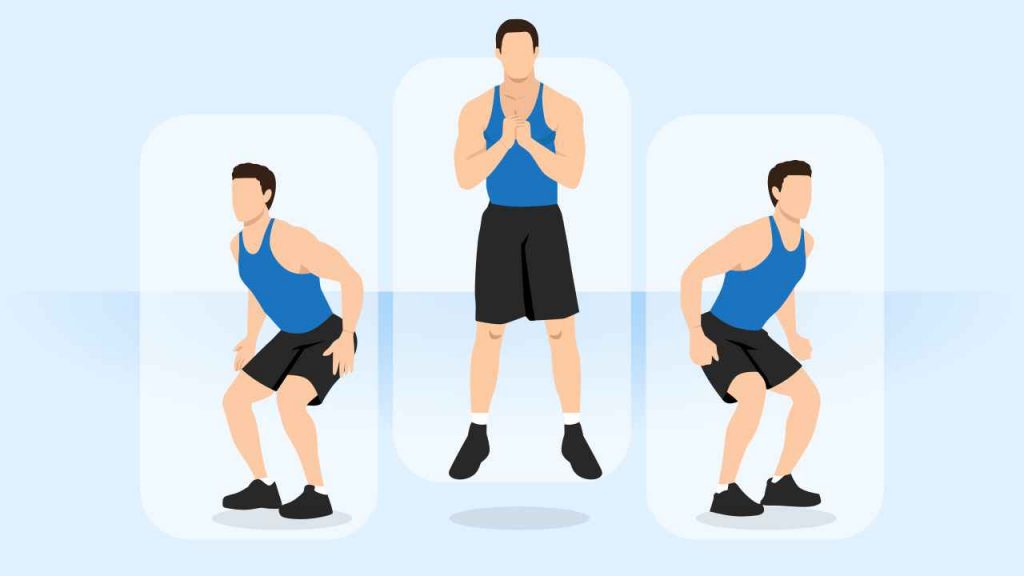
Hop or jump in a variety of directions, emphasizing both height and distance, with no rest between movements. You can move in a straight line or in various directions to increase the complexity.
7. Skips for height or distance
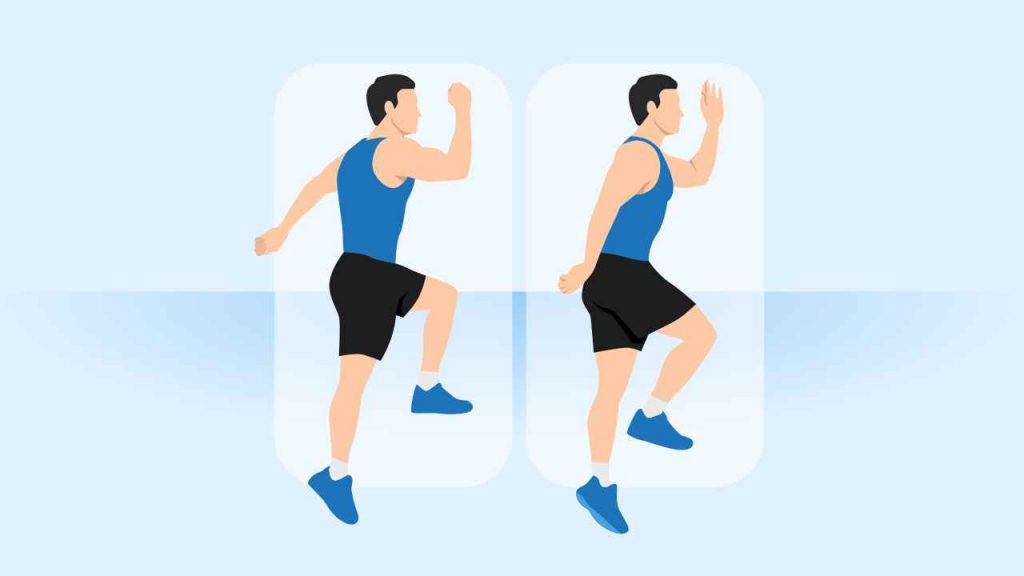
Skipping for height involves raising your knee and driving your leg and the opposite arm upward to increase upward momentum. Skipping for distance emphasizes forward motion, so skip while focusing on covering as much distance as possible.
8. Speed calf raises
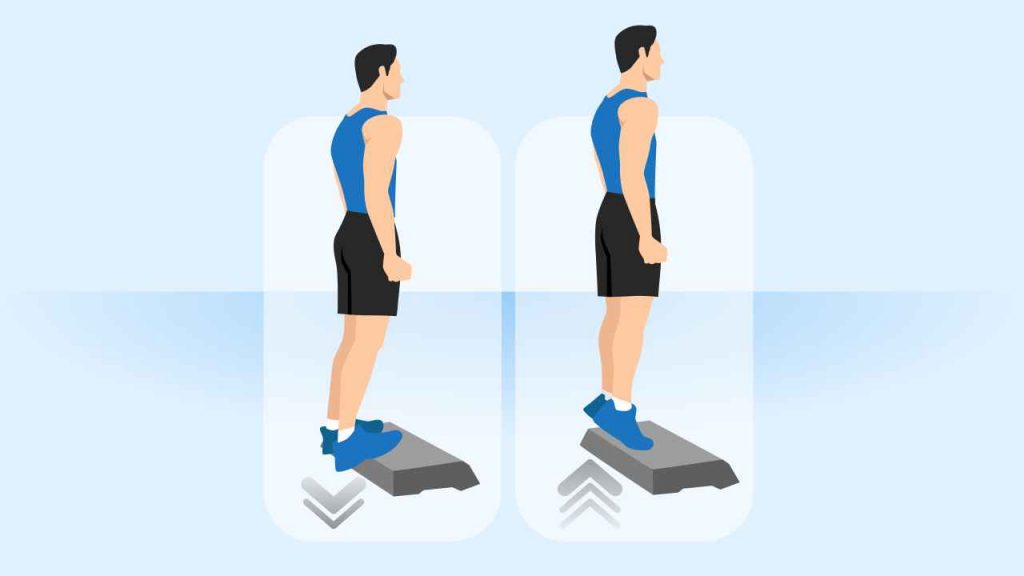
Stand with your feet slightly apart and raise your body onto your toes, engaging your calf muscles. Lower your heels and then quickly repeat.
Now that you have understood the functionality and benefits of explosive training exercises for runners, incorporating them into your training schedule wisely will be useful in the long run.
References
1. American Council on Exercise. The Exercise Professional’s Guide to Personal Training. San Diego: American Council on Exercise, 2020.
2. Barnes KR, Kilding AE. Running economy: Measurement, norms, and determining factors. Sports Med Open 2016; 1:8.
3. Potach DH, Chu DA. Program Design and Technique for Plyometric Training. In: Haff GG, Triplett NT, eds. Essentials of Strength Training and Conditioning 4th ed 2020. Cham Ill: Human Kinetics, 2016.














